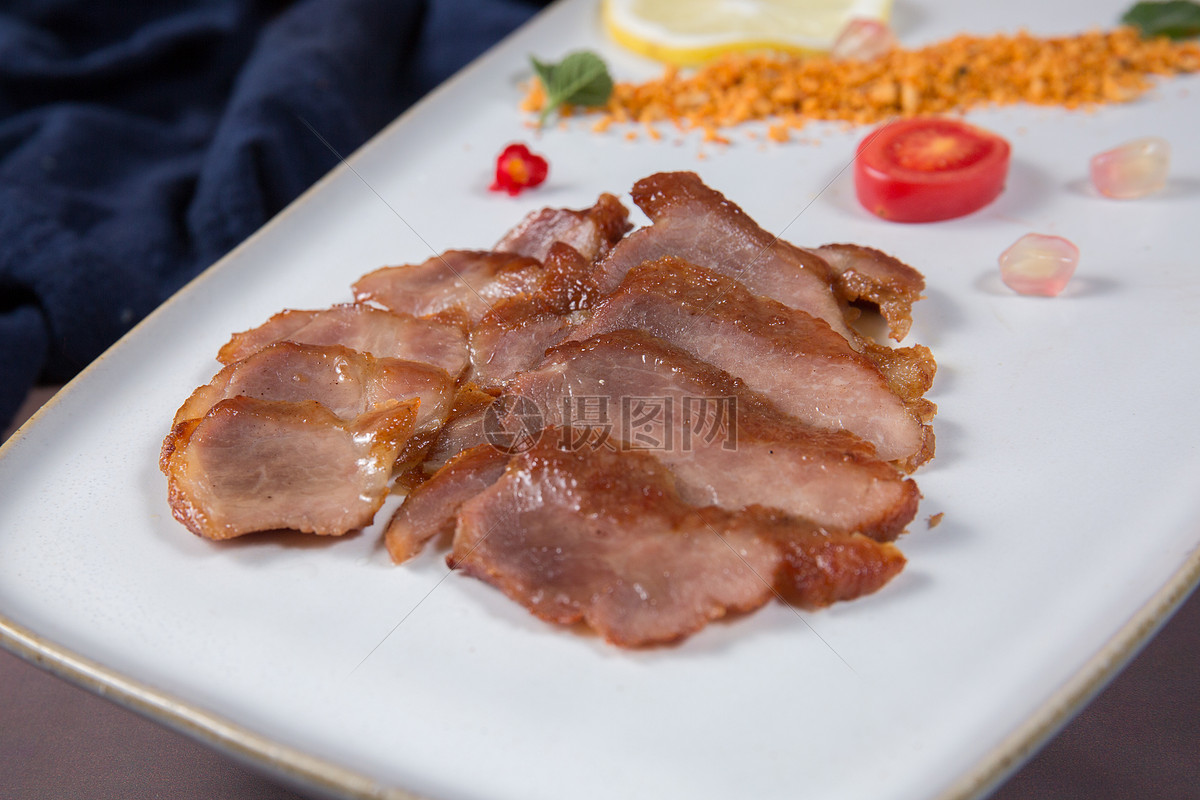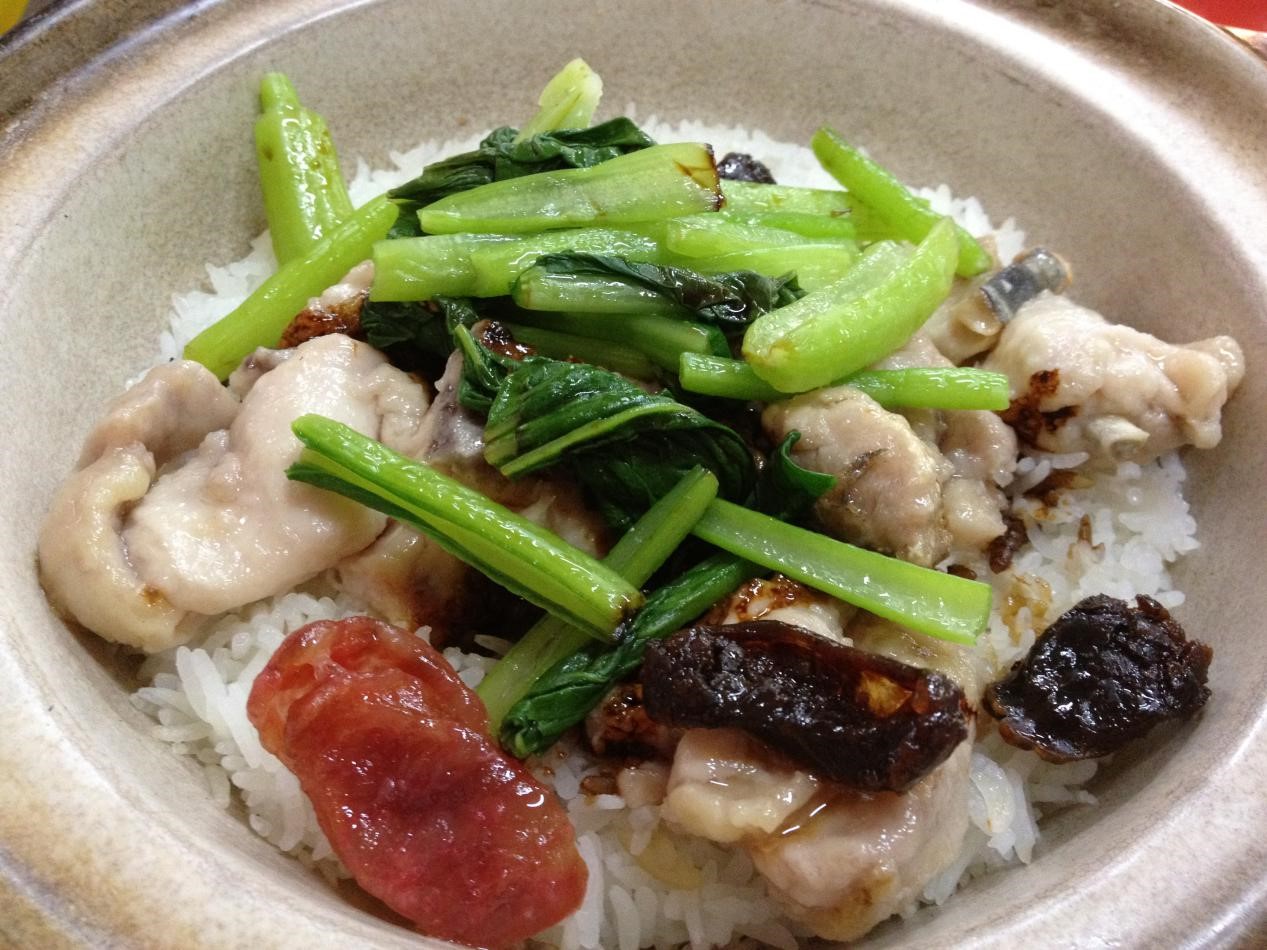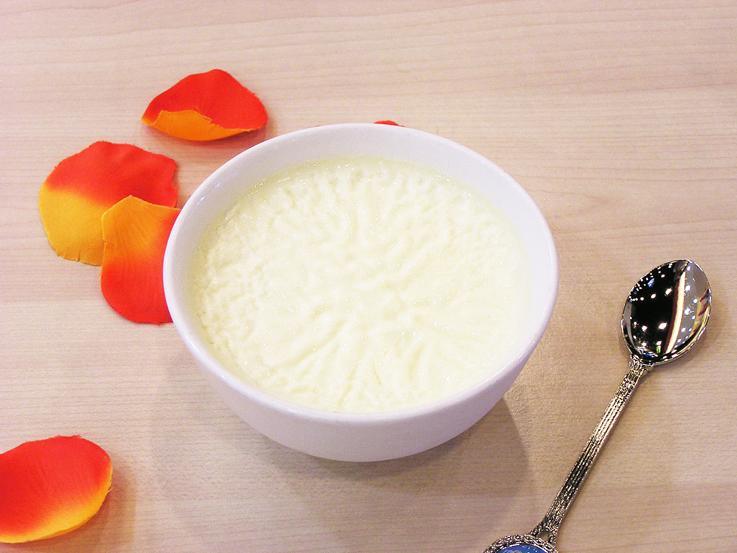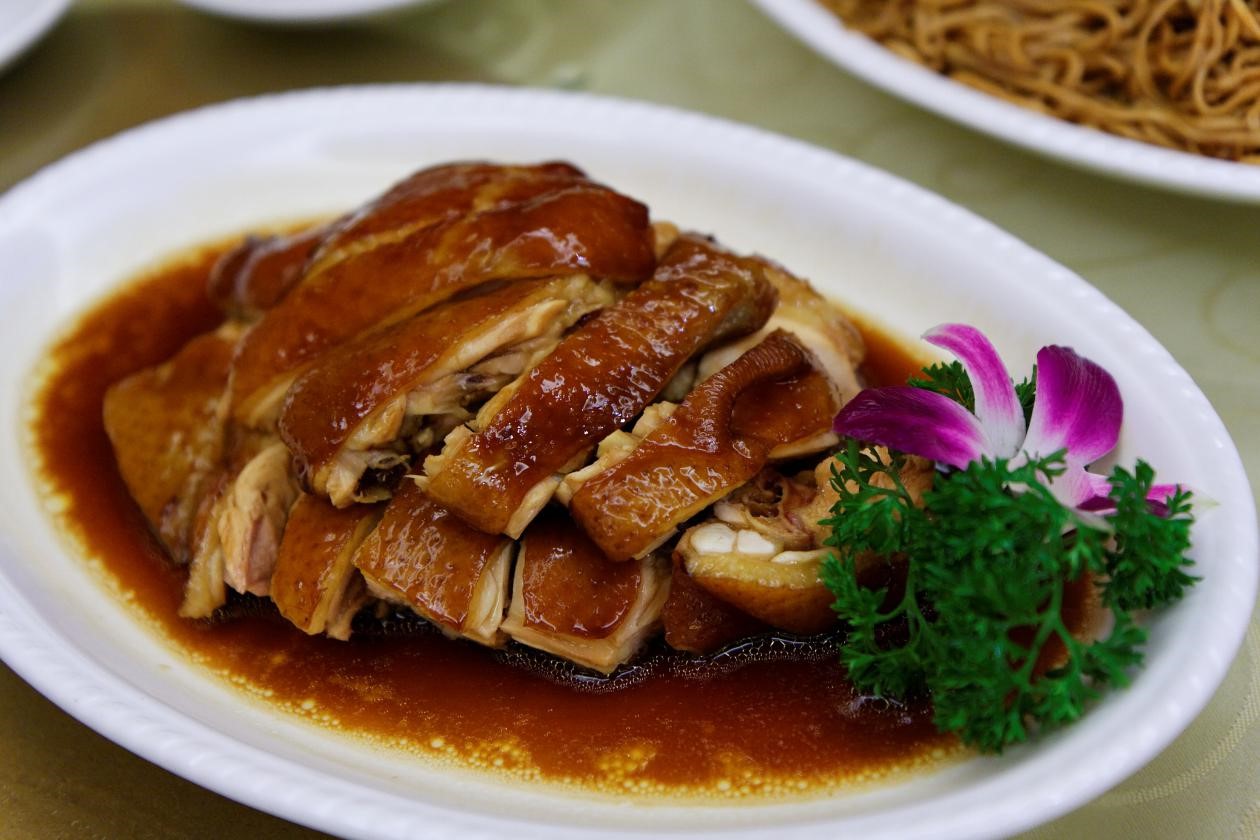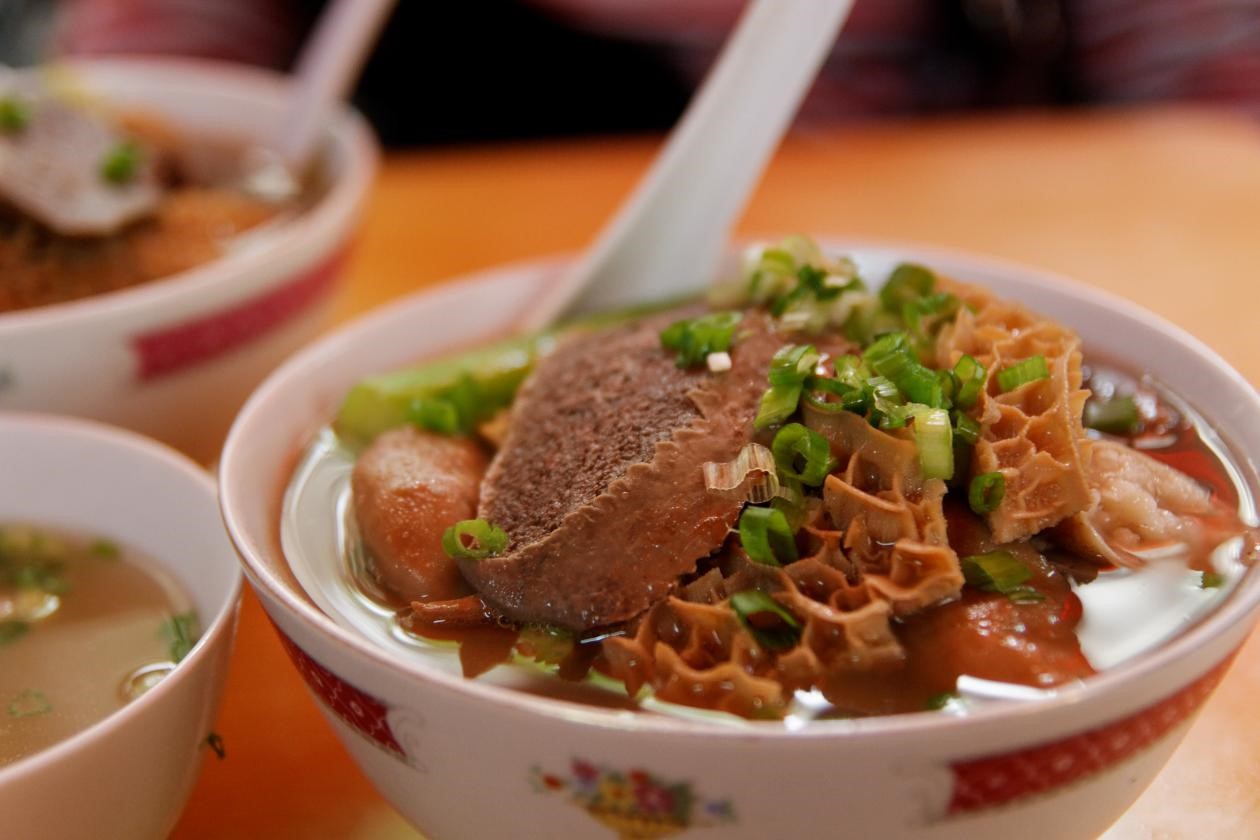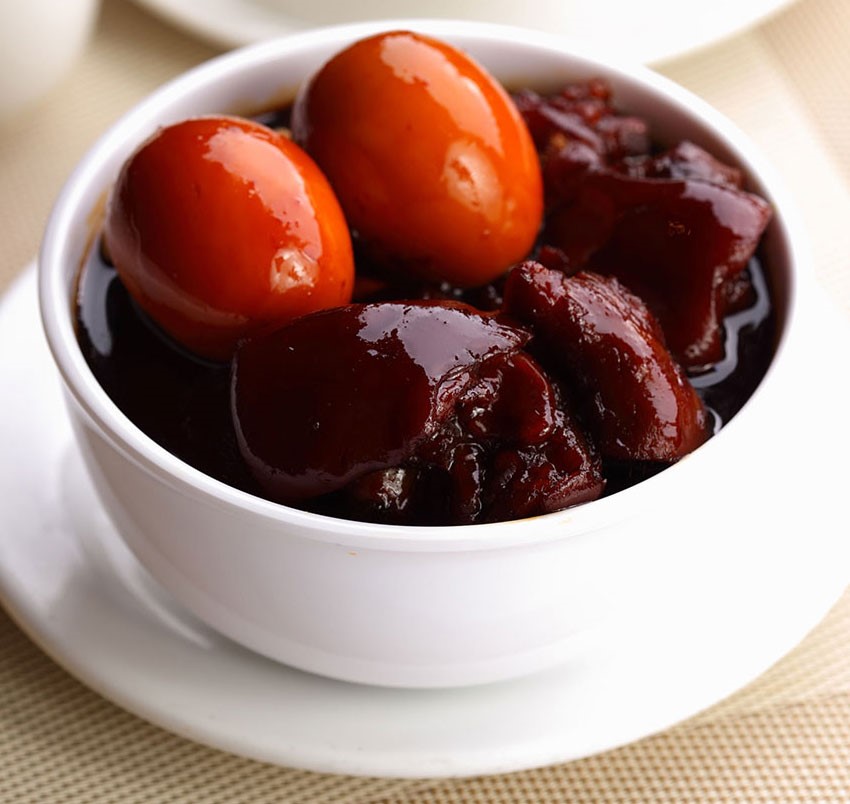Cantonese Cuisine
It refers to the cuisine of China's Guangdong ProvinceCantonese cuisine (Chinese: 粵菜; pinyin: yuè cài) originates from the region around Canton in southern China's Guangdong province, and it is the origin of Hong Kong cuisine and Macau cuisine. Of the various regional styles of Chinese cuisine, Cantonese is the best-known outside China; a "Chinese restaurant" in a Western country will usually serve mostly Cantonese food, or an adaptation thereof. Other cuisines with similarities include Teochew cuisine and Hakka cuisine.
Char Siu
Char siu is a popular way to flavor and prepare barbecued pork in Cantonese cuisine. It is classified as a type of siu mei, Cantonese roasted meat.
Claypot Chicken Rice
Claypot chicken rice (Chinese: 砂煲鷄飯, 瓦煲鷄飯, 黄焖鸡米饭 or 煲仔鷄飯) is usually a dinner dish in the southern regions of China, Malaysia and Singapore. It is typically served with Chinese sausage and vegetables. More often than not, the rice is cooked in the claypot first and cooked ingredients like diced chicken and Chinese sausage are added in later.
Double Skin Milk
Double skin milk is a Cantonese dessert made of milk, egg whites, and sugar. It was first invented in Shunde, Guangdong. It is a velvety smooth milk custard somewhat resembling panna cotta, with two skins. The first skin is formed during cooling of the boiled milk and the second when cooling the cooked custard. Traditionally buffalo milk is used; its higher fat content compared to cow's milk produces a smooth texture.
Soy Sauce Chicken
Soy sauce chicken is a traditional Cantonese cuisine dish made of chicken cooked with soy sauce. It is considered as a siu mei dish in Hong Kong.
Beef Entrails
Beef entrails (simplified Chinese: 牛什; traditional Chinese: 牛雜) is a Hong Kong dish largely influenced by Cantonese cuisine.
Pork Knuckles and Ginger Stew
Pork Knuckles and Ginger Stew is a dish in traditional Cantonese cuisine. It is traditionally eaten by new mothers in Guangzhou to restore strength and health, and is presented to friends and family to indicate the arrival of a new baby.

